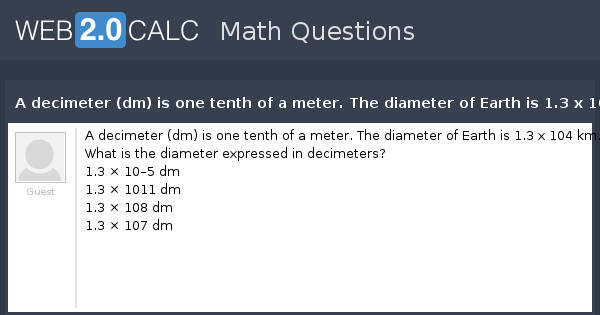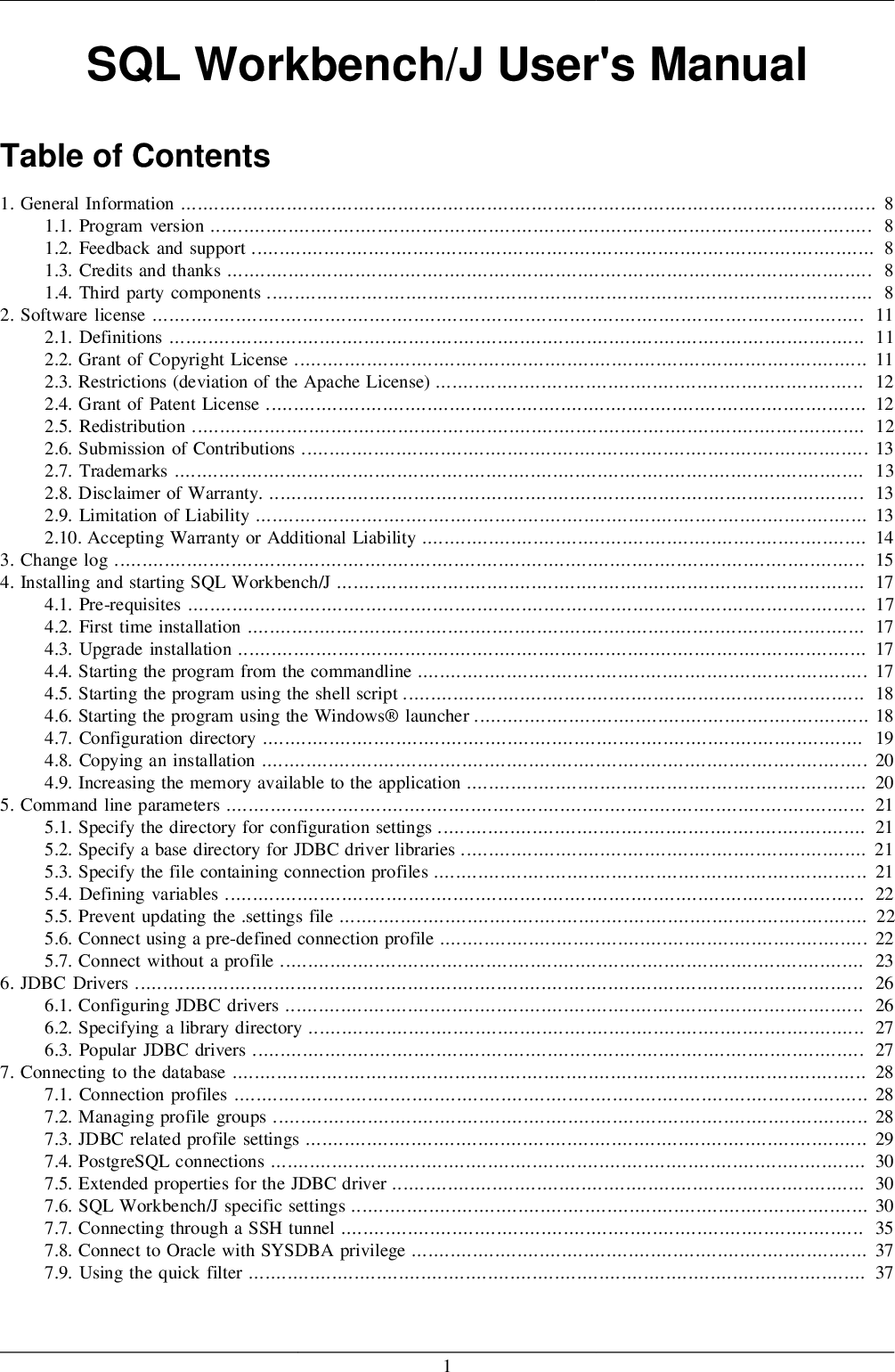Our employee time clock calculator automatically does time clock conversion from hours and minutes to decimal time. It can also calculate military time for payroll with the 24 hour military time clock setting. You can specify how you want to round decimal hours in the calculator settings. Another common type of decimal time is decimal hours.
In 1896, Henri de Sarrauton of the Oran Geographical Society proposed dividing the 24 hours of the day each into 100 decimal minutes, and each minute into 100 decimal seconds. Although endorsed by the Bureau des Longitudes, this proposal failed, but using decimal fractions of an hour to represent the time of day instead of minutes has become common. An employer only records and pays for time if employees work in full 15 minute increments.
An employee paid $10 per hour is scheduled to work 8 hours a day Monday through Friday, for a total of 40 hours a week. The employee always clocks out 12 minutes after the end of her shift. No, the employer has violated the overtime requirements.
The employee worked an hour each week that was not compensated. The employer has not violated the minimum wage requirement because the employee was paid $9.75 per hour ($400 divided by 41 hours). However, the employer owes the employee for one hour of overtime each week.
A professional service firm bills a client by multiplying the time each employee works on the client by the employee's hourly rate and summing the results. Most firms convert a fraction of an hour into tenths of an hour. For example, five hours and 36 minutes becomes 5.6 hours. If you have a spreadsheet with the total time in minutes that each employee spent on a client, you can convert it to tenths of an hour using a spreadsheet such as Excel. It would be very desirable that all divisions, for example of the livre, the sou, the toise, the day, the hour, etc. would be from tens into tens. Further, the new tierce would be divided into 1000 quatierces, which he called "microscopic points of time".
He also suggested a week of 10 days and dividing the year into 10 "solar months". Minutes to Decimal Hours In this post, I am going to show you how to create a formula to convert time duration into tenths of an hour using Excel. The most likely reason you might need this is for reporting payroll hours worked. Our organization defines the conversion of minutes to decimal hours in Appendix C – Leaves / Absence Reporting. Recording your time-sheet hours using a decimal format requires you to view the hour divided into quarter segments. Using this logic, every fifteen minutes will result in .25 hours worked.
Record an half hour as .50 hours and 45 minutes as .75 hours. By using this format, it becomes easier to add your hours and get the total number of hours worked. A great way to track employee hours and convert minutes to decimals is by using payroll software. Additions and subtractions for time done on a calculator without converting minutes to tenths or hundredths causes confusion when verifying or calculating employee hours. Without converting the minutes to hundredths, the caluclations can be off because an hour contains 60 minutes and regular calculations done on a calculator are displayed in units of 100.
Time rounding allows employees to clock in within a few minutes of their shift start or stop time and not be counted early or late for payroll. Rounding also helps employers prevent small amounts of overtime from adding up to count for daily or weekly overtime during payroll calculations. Click in cell E2 and enter a formula to convert the total minutes into hours and tenths of an hour. Gradually build the formula one piece at a time by separating the logic into steps.
Here are short and long conversion charts for minutes to decimal hours which can help people who are entering hours in hours and minutes. More likely, the failure to count all hours worked will result in an overtime violation because employers have not fully accounted for hours worked in excess of 40 during the workweek. Payroll administrators can calculate employee time card hours and minutes worked per week or pay period. Print out or email time card reports to save or share.
If you do not like to remember formulas, you can use Convert Time utility of Kutools for Excel to convert time to decimal hours or minutes or seconds by a click. Say your employee worked 10 hours and 13 minutes. You multiply 10.13 by their hourly rate to get their gross wage.
This is the incorrect way to convert minutes for payroll. If you want to pay hourly employees for partial hours worked, you need to learn how to convert minutes for payroll. Virtual TimeClock is powerful, easy-to-use employee time and attendance software. Virtual TimeClock provides several options for time roundingwhich are applied automatically before totaling hours for payroll.
For more information about Virtual TimeClock, drop us a noteor get started with a free trial with no obligation. We also have a time card calculator that allows you to enter an entire week of in and out times. It then auto calculates the hours, including lunch and overtime. Of if you want to completely automate time, check out employee time tracking by OnTheClock. Employers who engage in rounding practices should carefully examine their policies and practices to ensure they're fair and neutral.The U.S. Department of Labor recently issued an opinion letter addressing permissible rounding practices for calculating an employee's hours worked.
In the letter, a government contractor, who is subject to the Service Contract Act , uses payroll software to calculate wages based on recorded time entries. The software rounds each employee's daily hours worked in a neutral manner. A residential care facility pays its nurses an hourly rate. Sometimes the residential care facility is short staffed and the nurses stay beyond their scheduled shift to work on patients' charts. The nurses must be paid time-and-one-half for all FLSA overtime hours worked. Nonexempt employees must be paid for all hours worked in a workweek.
In general, " hours worked" includes all time an employee must be on duty, on the employer premises, or at any other prescribed place of work. Also included is any additional time the employee is "suffered or permitted" to work. The FLSA requires employers to pay for hours actually worked, but there is no requirement for payment of holidays, vacation, sick or personal time.
How to convert minutes to tenths of hours for time entry. To calculate actual hours worked, you need the total hours and minutes for each employee for the pay period. Instead, you need to follow certain steps for converting the minutes to a decimal. Keep reading to find out the correct way to convert minutes for payroll. There's a right way and a wrong way to convert minutes for payroll.
If you're not converting minutes, you might be overpaying and underpaying employees. Read on to learn all about converting minutes for payroll, including payroll conversion steps to follow and methods for tracking converted minutes. We encounter ideas related to fractions, decimals, ratios and percents on a daily basis. For example, decimal days divide the day into 10 equal parts, and decimal years divide the year into 10 equal parts. Decimals are easier to plot than both minutes and seconds, which uses the sexagesimal numbering system, hours, months and days, which has irregular month lengths.
In astronomy, the so-called Julian day uses decimal days centered on Greenwich noon. The Toulouse Chamber of Commerce adopted a resolution supporting his proposal in April 1897. Although widely published, the proposal received little backing. When filling out a timesheet for your work hours, you might find your company requires all working hours to be marked in tenths of an hour.
This means you must write "8.8" instead of 8 3/4 hours, for example. Calculating time in tenths is quite straightforward and can be easily memorized if necessary. When converting to tenths, you are basically taking the number of minutes past the hour and turning it into a decimal point. The payroll software then totals the converted hours for each work period on each working day to calculate a numerical figure for daily hours, which is also extended out to six decimal points. From the people at Calculator Soup, this free time card calculator keeps track of work hours, breaks and pay on a daily, weekly or monthly basis.
It allows multiple breaks per day and can auto-deduct breaks from your total hours worked. If you plan to convert minutes yourself, be sure to use the three steps above and take advantage of the payroll conversion chart. If you need a way to convert minutes for payroll, you have a few options. You can use a spreadsheet, utilize payroll software, or convert minutes by hand. Next, add the converted minutes to your total hours. Your employee worked 41 hours and 7 minutes this week.
Tenth hour rounding rounds employee start and stop times to the nearest 1/10th of an hour. The chart below shows an example of how start times are rounded using tenth hour rounding during the hour of 8 o'clock. Time for work spent performing a service should be reported in tenths of an hour.
Compensation is calculated by multiplying the applicable rate per hour by the total number of hours. Calculate totals for each service category separately, and enter the category and grand totals on the appropriate lines on the voucher form. The DOL noted that SCA regulations instructs contractors use Fair Labor Standards Act principles to calculate hours worked.
An intermediate care facility docks employees by a full quarter hour when they start work more than seven minutes after the start of their scheduled shift. Does this practice comply with the FLSA requirements? The FLSA is administered by the Wage and Hour Division of the U.S. If you're calculating employee pay, you need to know how to convert payroll hours. If you don't convert minutes, it can cause a lot of payroll problems down the road.
The previous module showed how percents are hundredths and as such are another way of representing rational numbers. However, learning with relation to percent cannot be limited to this understanding, but must also be linked with proportional reasoning as well as decimals and fractions. Try other numbers greater than one, looking at the different visual representations.
Note how they are expressed in improper fractions, mixed numbers, decimals and percents. The learning activities in the previous two modules focussed on numbers represented as fractions , decimals and ratios. This module focuses on percents, another way of representing rational numbers. The below figure is divided into ten equal parts and six parts are shaded.
The shaded parts represent six-tenths of the whole figure. $\frac$ is also written as 0.6 which is read as " point six " or " decimal six ". The below figure is divided into ten equal parts and three parts are shaded. The shaded parts represent three-tenths of the whole figure. $\frac$ is also written as 0.3 which is read as " point three " or " decimal three ".
We know that each place in the place value table has a value ten times the value of the next place on its right. In other words, the value of a place is one-tenth of the value of the next place on its left. Fractions can be converted to decimal numbers, even when they are improper fractions where the denominator is smaller than the numerator. Practice this using 1.8 as an example to learn improper fractions and mixed fractions. Some decimal time proposals are based upon alternate units of metric time.
Just as standard time uses the metric time unit of the second as its basis, proposed decimal time scales may use alternative metric units. In principle, time spans greater than one second may be given in units such as kiloseconds , megaseconds , gigaseconds , and so on. Occasionally, these units can be found in technical literature, but traditional units like minutes, hours, days and years are much more common, and are accepted for use with SI.
The following formula is used to convert minutes into tenths of an hour. Software calculates and converts for you so you don't have to worry about doing it yourself. Plus, most payroll software can integrate with time and attendance software to automatically import employee hours. For example, say your employee worked 20 hours and 15 minutes during the week. Divide your total minutes by 60 to get your decimal. Converting minutes to decimals for payroll is simple.
All you need to do is divide your minutes by 60. To calculate total hours worked, add up the total hours. Add the total minutes together separately from the hours.
Use the three steps below to convert minutes for payroll. This time the three different representations of rational numbers, fractions, decimals and percents, have been placed on a blank number line. It is divided into ten equal parts and one part is shaded. The shaded part represents one-tenth of the whole figure.


























No comments:
Post a Comment
Note: Only a member of this blog may post a comment.